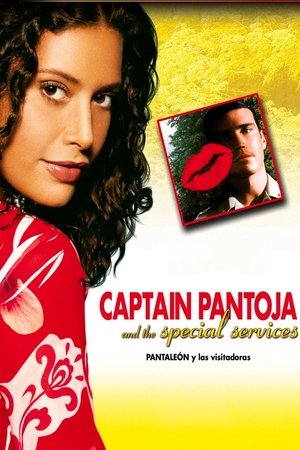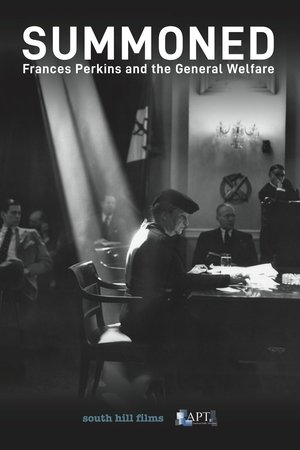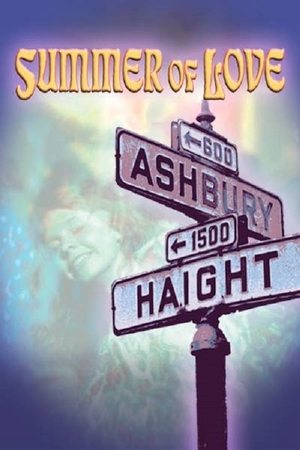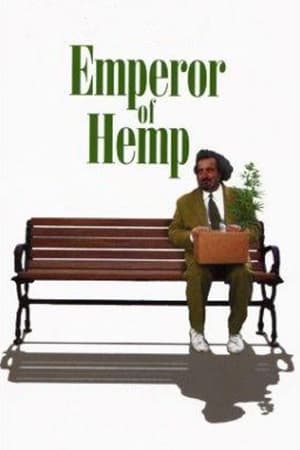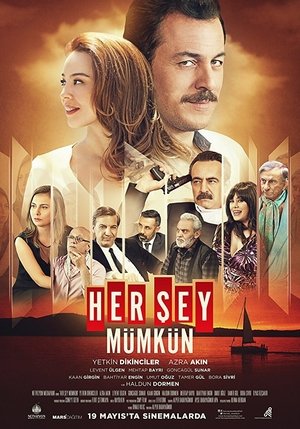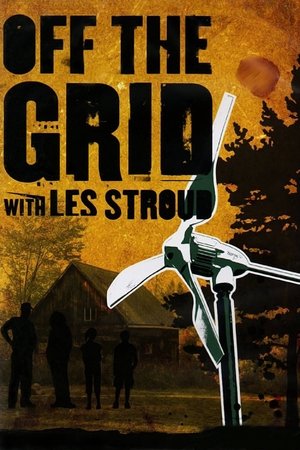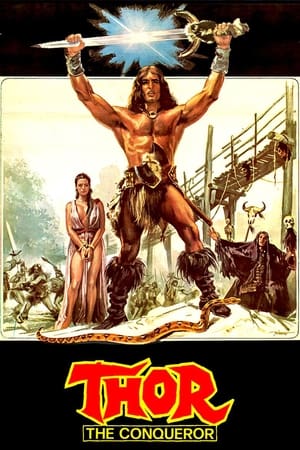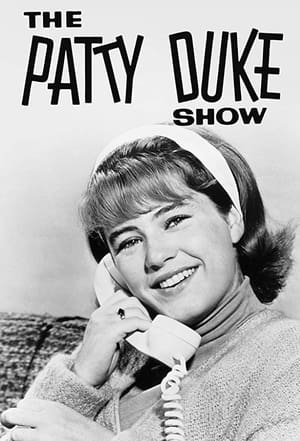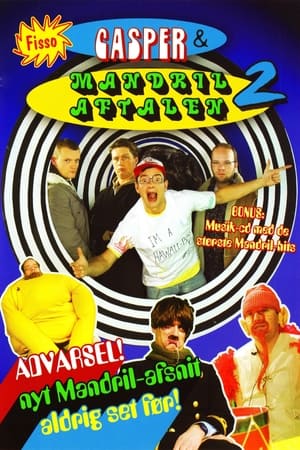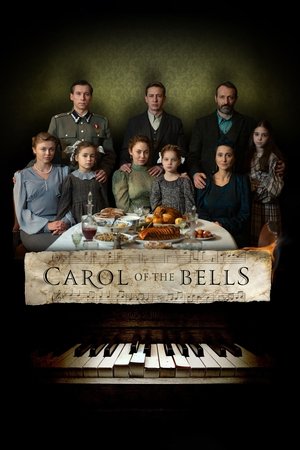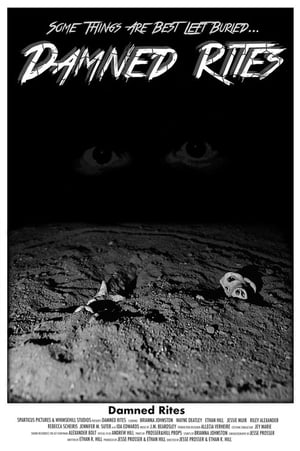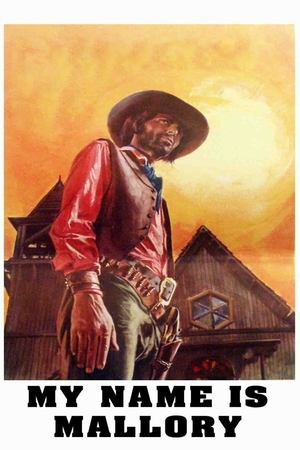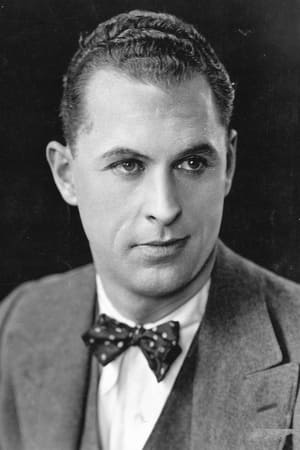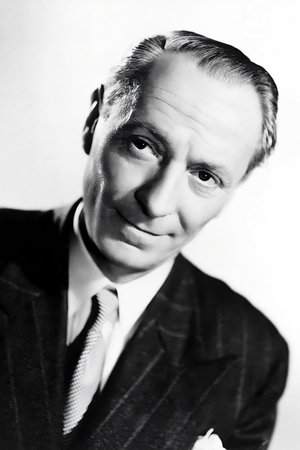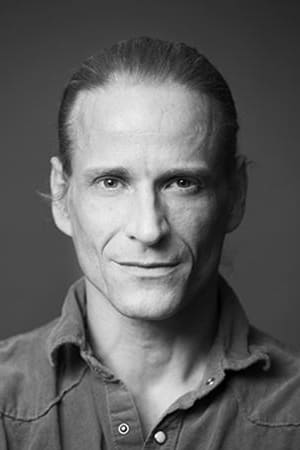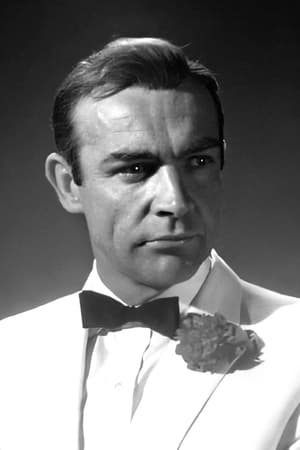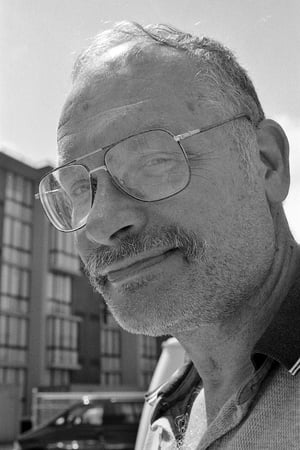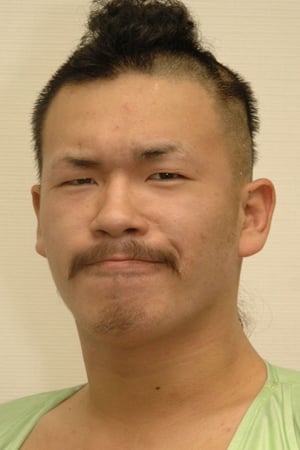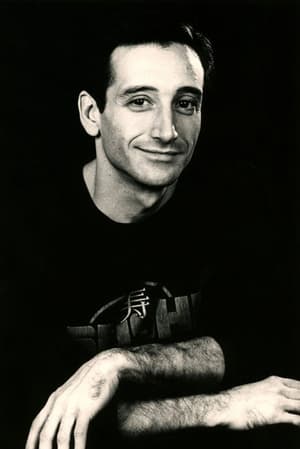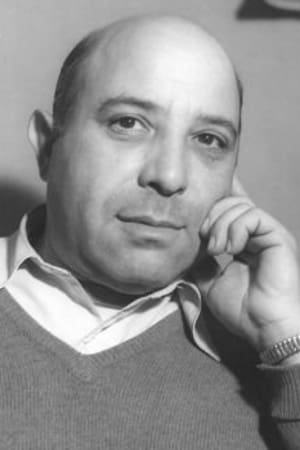Trending
Popular people
Ralph Ince
Biography
From Wikipedia, the free encyclopedia
Ralph Ince (January 16, 1887 – April 10, 1937) was an American pioneer film actor, director and screenwriter whose career began near the dawn of the silent film era. Ralph Ince was the brother of John Ince and Thomas H. Ince. Ralph Waldo Ince was born in Boston, Massachusetts, the younger of three sons and a daughter raised by English immigrants, John and Emma Ince. Sometime after his birth Ince moved to Manhattan where his entire family was engaged in theater work; his father as a musical agent and mother, sister Bertha and brothers, John and Thomas as actors. Ralph Ince studied art with cartoonist Dan McCarthy and for a while worked as a newspaper cartoonist for the New York World and later magazine illustrator for the New York Mirror and The Evening Telegram. At times over his acting and directing career Ince would continue to contribute cartoons to popular magazines of the day. Early on in his career Ince, who had done some stage acting as a child, was a member of Richard Mansfield's stock company playing parts in The College Widow and Ben Hur.
Around 1906 Ince became an animator in the fledgling film industry working for Winsor McCay, but soon turned to acting and joined Vitagraph Studios where he became known for his portrayals of Abraham Lincoln in a series of one reel films. Ince began directing at Vitagraph around 1910 and was officially advanced to the director’s chair in 1912, though he still continued to act in many of his films and throughout his career. Ince would go on to direct some 171 films between 1910 and 1937 and appear in approximately 110 films over nearly the same time period.
Read more
William Hartnell
Biography
William Henry Hartnell (8 January 1908 – 23 April 1975), also known as Billy Hartnell or Bill Hartnell, was an English actor. Hartnell played the first incarnation of the Doctor in Doctor Who, from 1963 to 1966. He was also known for his roles as Sergeant Grimshaw, the title character of the first Carry On film, Carry On Sergeant in 1958, and Company Sergeant Major Percy Bullimore in the sitcom The Army Game from 1957 until 1958, and again in 1960.
Hartnell entered the theatre in 1925 working under Frank Benson as a general stagehand. He appeared in numerous Shakespearian plays, including The Merchant of Venice (1926), Julius Caesar (1926), As You Like It (1926), Hamlet (1926), The Tempest (1926) and Macbeth (1926). He also appeared in She Stoops to Conquer (1926), School for Scandal (1926) and Good Morning, Bill (1927), before performing in Miss Elizabeth's Prisoner (1928). This play was written by Robert Neilson Stephens and E. Lyall Swete. It featured the actress Heather McIntyre, whom he married during the following year. His first of more than sixty film appearances was in Say It With Music (1932).
Hartnell continued to play comic characters until he was cast in the robust role of Sergeant Ned Fletcher in The Way Ahead (1944). From then on his career was defined by playing mainly policemen, soldiers, and thugs.
Hartnell's performance in This Sporting Life was noted by Verity Lambert, the producer who was setting up a new science-fiction television series for the BBC entitled Doctor Who; and, mainly on the strength of that performance, Lambert offered him the title role.
Read more
Jonas Malmsjö
Biography
Swedish actor who has worked in theatre, TV and radio; he is the son of Swedish actor Jan Malmsjö and the Swedish actress Marie Göranzon. Apart from his work in his native Sweden, which has included a starring role in the TV series Labyrint, he has been in several productions directed by Ingmar Bergman at the Brooklyn Academy of Music. He was also cast as Skorpa of the White Horse, a Viking warlord in the second half of The Last Kingdom, a BBC adaptation of the first two books in Bernard Cornwell's The Saxon Stories series of historical novels.
He also contributed the voice of Ingmar Bergman in the Sparks musical, The Seduction of Ingmar Bergman.
Read more
Sean Connery
Biography
Sir Thomas Sean Connery (August 25, 1930 – October 31, 2020) was a Scottish actor and producer who won an Academy Award, two BAFTA Awards (one being a BAFTA Academy Fellowship Award), and three Golden Globes, including the Cecil B. DeMille Award and a Henrietta Award.
Connery was the first actor to portray the character James Bond in film, starring in seven Bond films (every film from Dr. No to You Only Live Twice, plus Diamonds Are Forever and Never Say Never Again), between 1962 and 1983. In 1988, Connery won the Academy Award for Best Supporting Actor for his role in The Untouchables. His films also include Marnie (1964), Murder on the Orient Express (1974), The Man Who Would Be King (1975), A Bridge Too Far (1977), Highlander (1986), Indiana Jones and the Last Crusade (1989), The Hunt for Red October (1990), Dragonheart (1996), The Rock (1996), and Finding Forrester (2000).
Connery was polled in a 2004 The Sunday Herald as "The Greatest Living Scot" and in a 2011 EuroMillions survey as "Scotland's Greatest Living National Treasure". He was voted by People magazine as both the “Sexiest Man Alive" in 1989 and the "Sexiest Man of the Century” in 1999. He received a lifetime achievement award in the United States with a Kennedy Center Honor in 1999. Connery was knighted in the 2000 New Year Honours for services to film drama.
On 31 October 2020, it was announced that Connery had died at the age of 90.
Description above from the Wikipedia article Sean Connery, licensed under CC-BY-SA, full list of contributors on Wikipedia
Read more
Fermin de la Serna
Biography
Fermín de la Serna (28) is an eclectic director, photographer and entrepreneur. He studied Image and Sound Design at the University of Buenos Aires and participated in several film productions over the past few years, including the documentaries "Reconstruyendo a Cyrano ", "Charlotte" and "La Inocencia". He worked as a creative director and assistant director on series and projects for Netflix, Turner and Fox.
In 2017 he directed “La entrevista” which has been awarded six times as best international short film and was presented over twenty film festivals. In early 2021, Fermín finished his second short film entitled “El Placer”, which has just premiered at the 43rd Moscow International Film Festival (MIFF).
Read more
George Kuchar
Biography
George Kuchar (August 31, 1942 – September 6, 2011) and his twin brother Mike began making films as teenagers in the 1950s, with 8mm film being their weapon of choice. After shocking their local amateur filmmaking club with their over-the-top stories of lust and angst, they became stars of the NYC underground scene in the 1960s, befriending the likes of Jonas Mekas and Jack Smith. Always working with the constraints of minuscule budgets and nonprofessional actors, the Kuchar’s inspiration comes from classic Hollywood melodrama. Their cheaply made pictures, rather than being held back by lack of funds, blossomed in the shackles of poverty; the garish colors of the cheap makeup and sets were perfectly complemented by the bold color range afforded by Kodachrome reversal stock. The wild (and sometimes the inverse of wild) acting, use of stock music, lack of synch sound, hyperbolic narration, and primitive special effects all combined to make tiny gems unlike anything seen before or since. The Kuchars are cited as major influences by such filmmakers as John Waters, Todd Solondz, and David Lynch.
Read more
Takeshi Yamamoto
Biography
better known by the ring name Takeshi Minamino (南野タケシ Minamino Takeshi), is a Japanese professional wrestler. He wrestles in Michinoku Pro Wrestling and All Japan Pro Wrestling. Upon his arrival to Michinoku Pro, Minamino dissociated himself from Los Salseros Japoneses and formed a tag team with Como Leoapard, using a mask and the name Esthetic Jaguar. However, the team fell after the Futaritabi Tag Team League 2004 and Minamino returned to Los Salseros, posing as the top heel team in Michinoku Pro. The trio won the UWA World Trios Championship from Solar, Ultraman and Ultraman, Jr. in a Toryumon Mexico show, and Minamino captured the Tohoku Junior Heavyweight Championship in a tournament final against Rasse, becoming double champion. His individual reign lasted until May, when he lost his title against Super Delfín. Later, Los Salseros Japoneses lost the UWA World Trios title against STONED (Maguro Ooma, Kei Sato and Shu Sato) after a misaimed attack from Minamino to Hanai. Shortly after, Los Salseros Japoneses broke up when Hanai turned on him. Minamino went solo and turned face, adopting a traditional Japanese attire with a black hakama. He also played HAPPY MAN, an alien character dressed in Superman-like pink attire, and had a title shot against the Tohoku Junior Heavyweight Champion Yoshitsune, but he failed.
In 2008, Minamino turned heel again and became a member of the Kowloon stable, directed by Fujita Hayato. He formed a tag team with Maguro Ooma, which was called Tonery Family. Minamino and Ooma won the Futaritabi Tag Team League 2009 and beat Kesen Numajiro & Kinya Oyanagi to win the Tohoku Tag Team Championship. They retained the title during months, until they dropped it to Yapper Men (Yapper Man #1 & Yapper Man #2). After the dissension of Kowloon, Tonery Family and Ken45º turned tweener and followed Hayato to his new stable, Bad Boy.
Read more
Michelan Sisti
Biography
From Wikipedia, the free encyclopedia
Michelan Sisti (born May 27, 1949) is an actor and musician who played Michelangelo in Teenage Mutant Ninja Turtles and its sequel Teenage Mutant Ninja Turtles II: The Secret of the Ooze. Before becoming a Turtle, he had an eighteen year theatrical career including five Broadway shows. Since TMNT, Micha moved from New York to Los Angeles and has continued to work with Jim Henson Company, Walt Disney Studios, and scores of other movie and television productions, as an actor, director and puppeteer.
Description above from the Wikipedia article Michelan Sisti, licensed under CC-BY-SA, full list of contributors on Wikipedia.
Read more
Bobby Barber
Biography
From Wikipedia, the free encyclopedia
Bobby Barber (December 18, 1894 – May 24, 1976) was an American actor who appeared in over 100 films. Barber is notable for his work as a foil for Abbott and Costello on and off screen.
Barber was often used by Bud Abbott and Lou Costello as a form of "court jester" on the set of their films. It was his job to keep the energy level up with pranks and practical jokes. Sometimes, he even suddenly appeared on camera during a take to break up the cast and crew. In Abbott and Costello Meet Frankenstein (1948), Costello answers a knock at the door expecting to see large actor Lon Chaney Jr. Instead, the very short Barber walks in wearing a funny hat with a feather. In another outtake from that film, Bela Lugosi, in full Dracula regalia, is solemnly descending a staircase to meet Abbott and Costello when all of a sudden the actors and crew burst out laughing. Lugosi, annoyed, turns around to see Barber following right behind him, mimicking his steps.
Barber also appeared in bit parts, such as a delivery boy, waiter, bellhop, or man on the street, often uncredited in movies, and in many of Abbott and Costello's films and about half their television shows. Sometimes his likeness was in a picture on a wall or a "wanted" poster in a post office. His final film appearance was in Lou Costello's last movie, The 30 Foot Bride of Candy Rock (1959). His film career included bit parts in over 100 (known) feature films.
Read more
Edmund Breese
Biography
From Wikipedia
Edmund Breese (June 18, 1871 – April 6, 1936) was an American stage and film actor of the silent era. Long on the stage with a varied Broadway career before entering movies he appeared with James O'Neill in The Count of Monte Cristo (1893), The Lion and the Mouse (1906) with Richard Bennett, The Third Degree (1909) with Helen Ware, The Master Mind (1913) with Elliott Dexter, the popular World War I era play Why Marry? (1917) with Estelle Winwood & Nat C. Goodwin and So This Is London (1922) with Donald Gallaher. He appeared in 129 films between 1914 and 1935. He is best remembered as the advice-giving German businessman at the beginning of the war film All Quiet on the Western Front.
His final role was on stage in Night of January 16th from September 1935 to April 1936. Just before the play ended its run, Breese developed peritonitis, which he died from on April 6, 1936.
Read more




